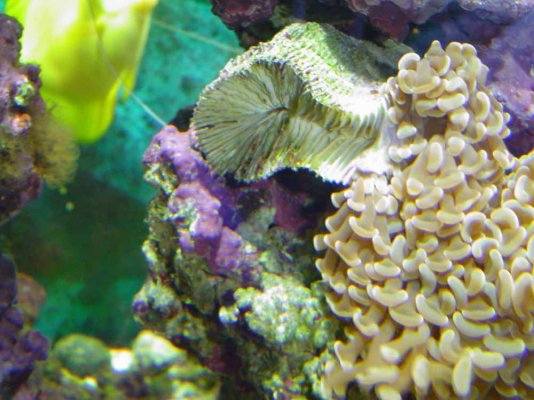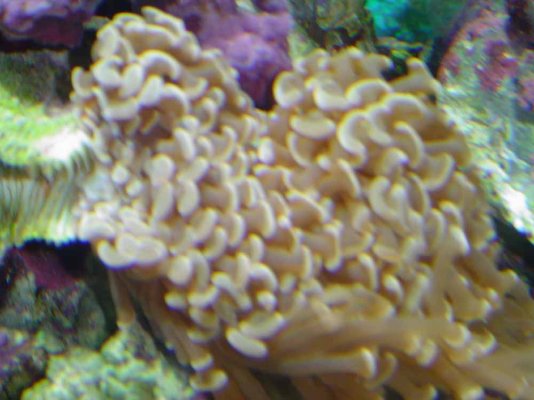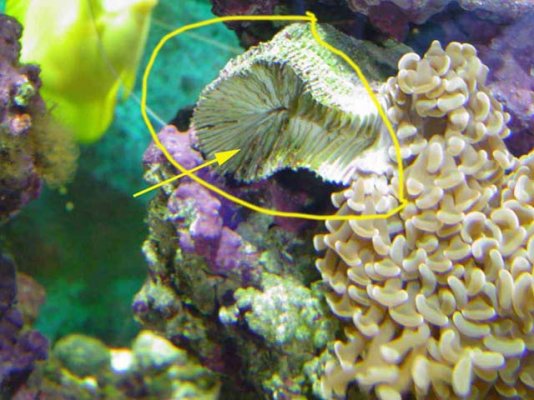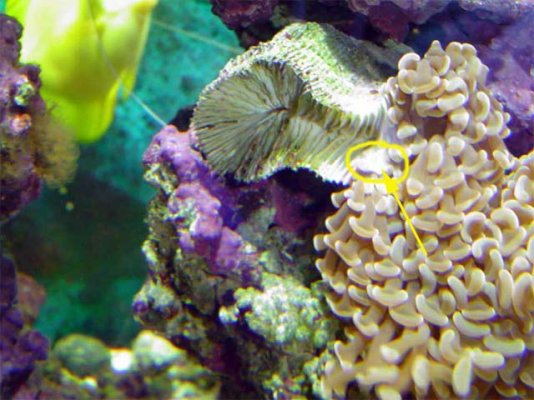Liz
Aquarium Advice Regular
Hi all,
Just looked in my tank this evening and I noticed that my hammer coral has a white jelly/cotton wool like area growing next to it. The coral around this area is a little shrunken (not as extended as normal).
I'm going to have a look in my books later but does anyone know if this is good or bad. If its bad, what do I do?
Thanks all
Liz
Just looked in my tank this evening and I noticed that my hammer coral has a white jelly/cotton wool like area growing next to it. The coral around this area is a little shrunken (not as extended as normal).
I'm going to have a look in my books later but does anyone know if this is good or bad. If its bad, what do I do?
Thanks all
Liz




